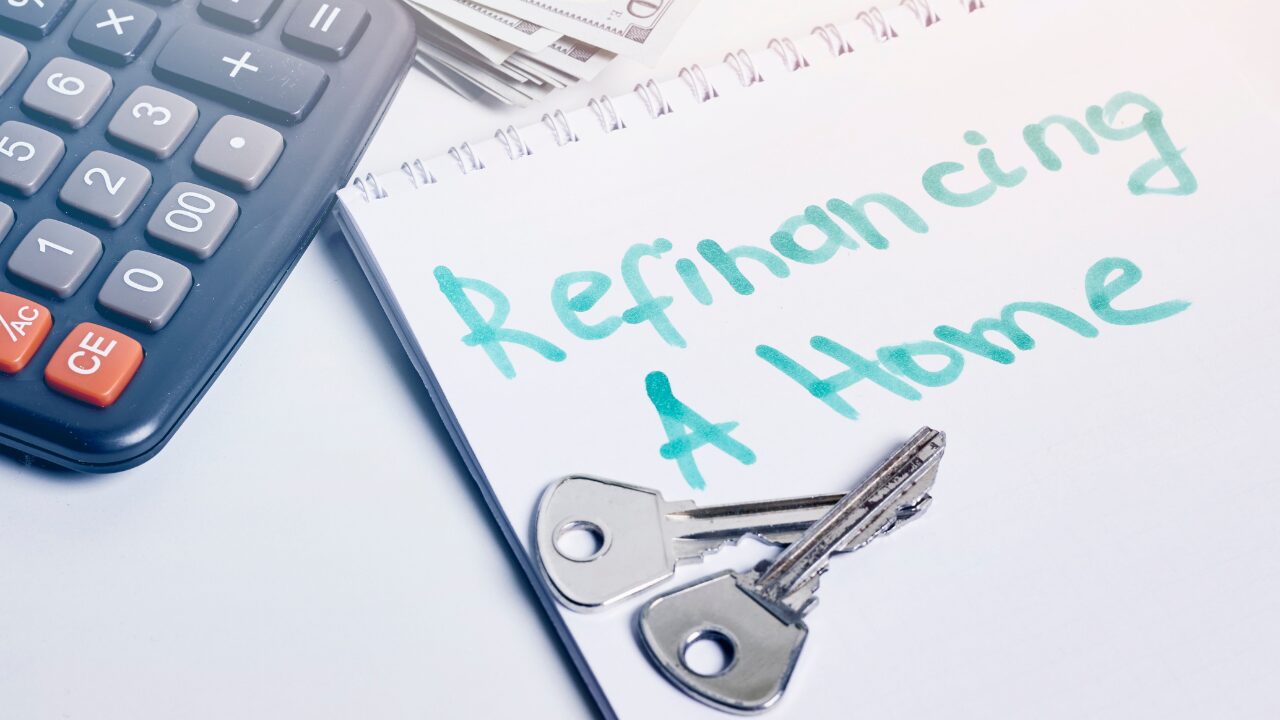In this article:

Switching to a new home loan (or refinancing) can bring some much needed relief to borrowers experiencing a period of financial stress. It allows consumers to take advantage of new rates or loan features that better suit their needs – whether through their own bank or a new one.
There are no hard and fast rules around how often you should refinance, or even how often you should consider refinancing. However…doing a home loan health check once a year can be good practice to ensure you are getting the best possible deal and maximising your finances.
The refinancing process can take many paths depending on your circumstances, but there are some general stages that we all need to go through to be successful.
Still thinking about whether refinancing is for you?
Where do you start?
1) Know what you want and where you’re at.
- Decide what you want to get out of the refinancing process. You need to be clear on why you are refinancing to find the deal that is best for you.
- Know the numbers. To make the most of refinancing, you will need to be across your financial situation. Will refinancing help you achieve your financial goals in the short and long term? Keep in mind that there are costs involved in refinancing and don’t forget to take any equity you may have into account.
- Chat to a broker. Working with a mortgage broker can help you find the best deal and make sure your paperwork is in order. A good broker will help you understand exactly what is required from the start and can make the process much easier. Most brokers will explore your options obligation-free. A broker would help to research between different lenders to see who can offer you the most competitive rate or flexible terms that best suit your needs.
2) Preparation is key
- Get your documents ready. This will make the process easier in the long run and also help you become clear about your financial needs and situation. They may include anything from personal information and ID, to proof of income, current home loan statements, records of living expenses and any records of other assets you might own.
- Research. Shop around for the best rates. This may be at your own bank, who is able to offer you a suitable new product, or with any one of the multiple lenders out there.
- Contact your financial support. It’s always good to get some advice. At this point you might want to chat with your financial advisor or a broker, as they may have helpful information or suggestions you have not thought of.
3) Get started.
- Choose your lender and refinance terms. If there is a product that looks right for you, great! It can take up to 4-6 weeks to get approved to refinance a loan so it’s important to keep this in mind if you need quick financial relief. Be sure to enquire with any proposed lender about their turnaround times for applications.
- Get your paperwork in and prepare for the appraisal. As part of the application for your new loan, you will need to get your paperwork submitted and likely go through an appraisal process. This is simply an estimate of the value of your property in the current market. During the appraisal, an expert will put a value on what a prospective buyer may be willing to pay for your property, and will consider everything from property features, condition, location, zoning, wider property trends and the economic environment, including interest rates.
4) Lock your new deal in place.
- Undergo the appraisal and obtain approval. Once the appraisal is conducted and all your information is with the lender, hopefully you’ll be ready to sign off on a new home loan deal very soon. If not, take any feedback you may have received and look at what changes you can make so that you can be successful next time. Remember, things change so keep your eye on the market and be ready to apply when things seem right for you.
- Close on your refinanced mortgage. Once all is said and done, and you’ve been approved, you or your broker will let your current lender know that you would like to discharge your existing mortgage. If using a broker, they will keep you up to date every step of the way, but they will manage this process for you.
- Complete the settlement and set up the new loan. Now you will have your new loan set up and you can start to make repayments on the new loan!
The Timeline of refinancing?
The timeline to refinance a home loan can vary greatly depending on individual circumstances, the lender, and the complexity of the case.
On average, it may take anywhere from several days to 5 or 6 weeks from application to closing. This includes time for the lender to review your application and perform an appraisal of your property. However, some refinances can take longer if there are complications or issues to resolve.
It’s crucial to maintain open and timely communication with your lender to ensure the process moves as smoothly and quickly as possible. Remember, each case is unique, and these timelines are approximate.
Interested in how it works? Check out Mark’s explanation of how it all works from the start of the interest hike period …
Make a start
While the process of refinancing your home may seem intimidating at first, it is a manageable task with potentially significant benefits. Whether you’re aiming for lower monthly payments, a shorter loan term, or to tap into your home’s equity, refinancing can be an effective tool to achieve your financial goals.
Remember to use resources available to you, such as mortgage brokers and financial advisors, to navigate the process smoothly. Don’t hesitate to reach out and explore your options – your financial relief might be just a refinance away.



